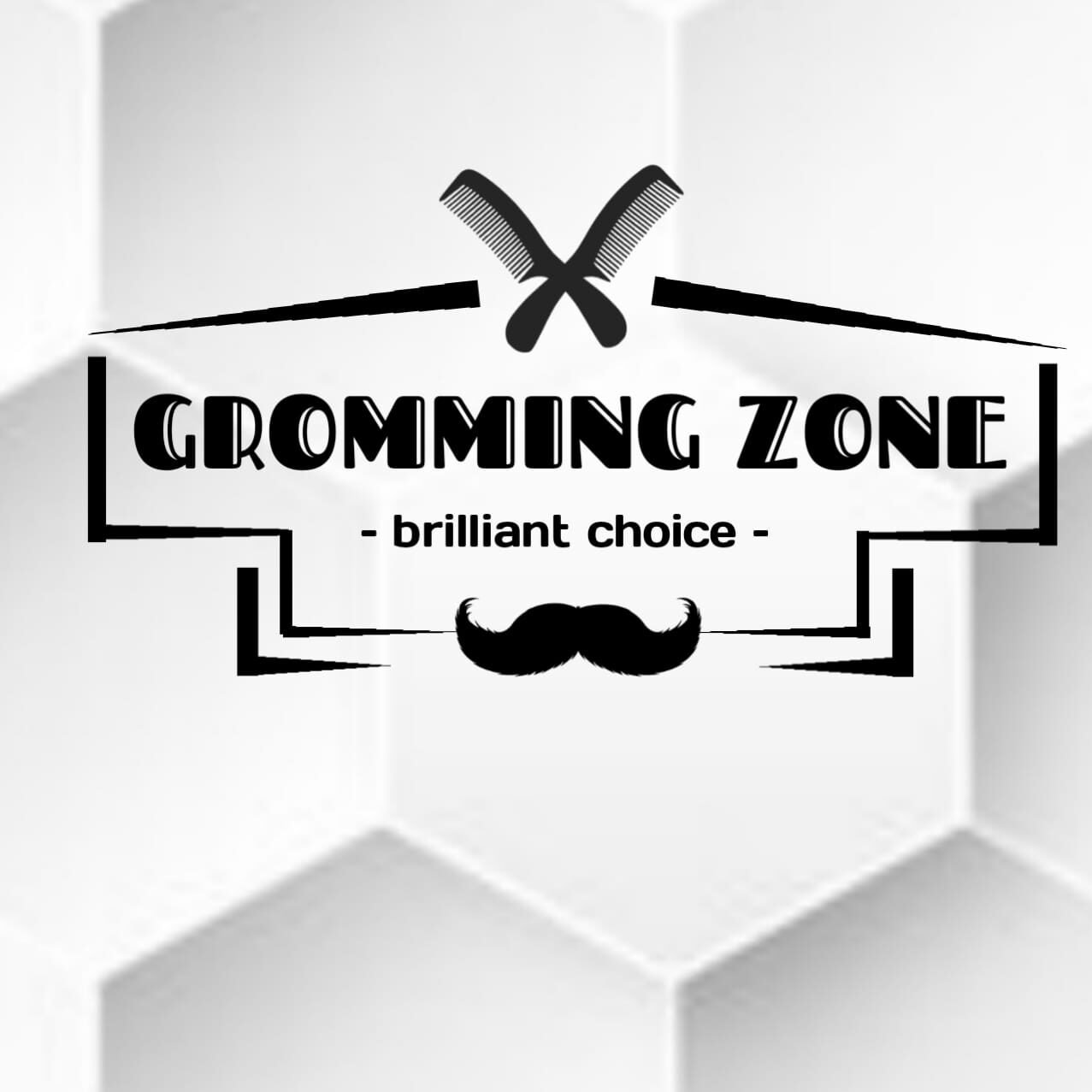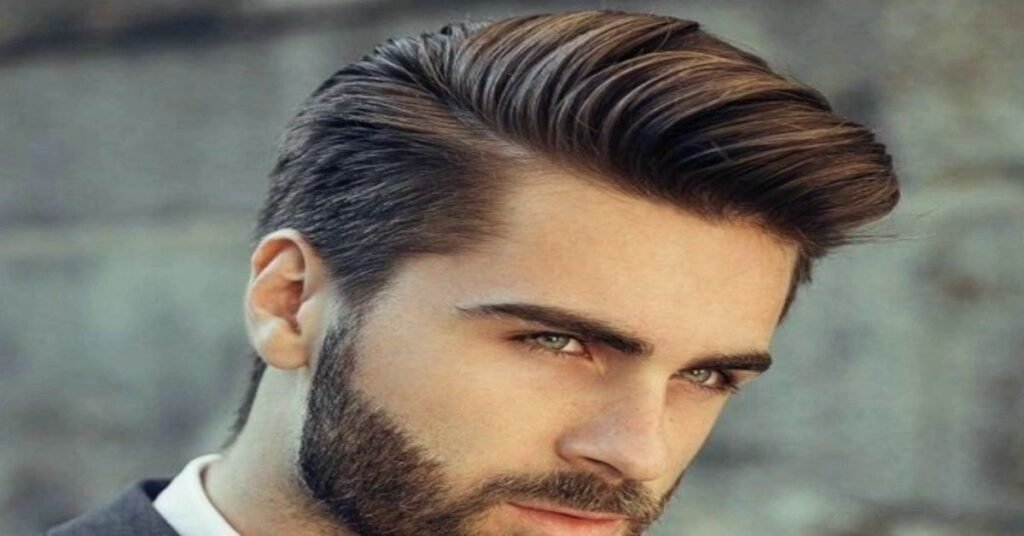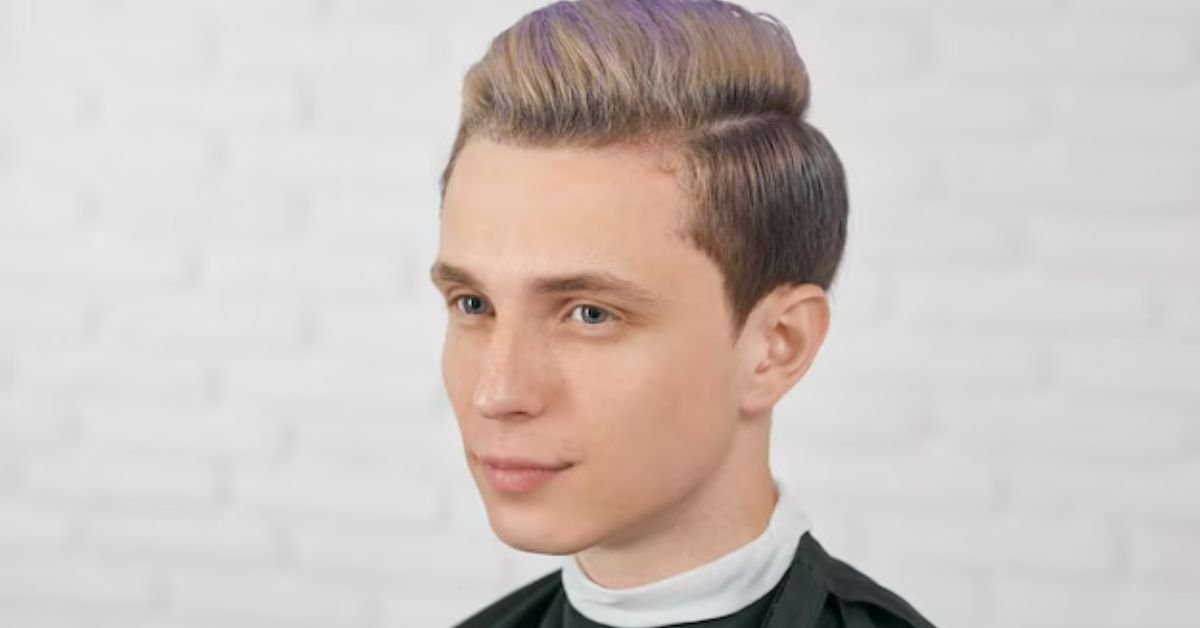Introduction
The mullet hair style is back bigger and bolder than ever. It blends retro edge with modern grooming. Men everywhere are choosing mullets to show personality. The hair stays short in front or at the sides. It grows longer at the back. The contrast creates a striking look. This style gives both softness and attitude.
Many modern mullet hair styles mix fades, layers, texture, and fringe. Straight hair works with clean lines and sharp fades. Wavy or curly hair adds volume and movement. Designers and barbers play with different lengths in front and back. This makes each mullet unique. The hair style shifts easily between casual and more formal settings.
Choosing the right mullet hair style means thinking of three things. First your hair type. Second, your face shape. Third, your personal style or comfort with maintenance. In this article you will discover many mullet styles, how to style and maintain them, matching to your face, what to ask a barber, and what products help. You will walk away knowing how to carry a mullet with confidence.
What Makes a Great Mullet Hair Style

A great mullet hair style balances shape, length, and texture. The front, top, and sides are shorter. The back is longer. The transition between short and long should look intentional. Fades or tapers help this. Layers add movement and avoid bulk. Ends should not look messy unless messiness is the point.
Texture plays a large role. With straight hair you might want clean lines, subtle layers, and light products. With wavy or curly hair you want to accentuate natural creases and waves. Let curls shape the back. Use leave‑in conditioners or curl creams. Cut in layers so curls don’t get heavy or flat.
Also balance with face shape. A mullet hair style looks sharper if it complements your face. Long face shapes need volume on the sides and top so the face doesn’t look overly long. Round faces benefit from height on top and tighter sides. Strong jaw lines often soften with fringe or layered sides. A great mullet hair style looks like it fits your face, not like a costume.
Popular Mullet Hair Style Variations in 2025
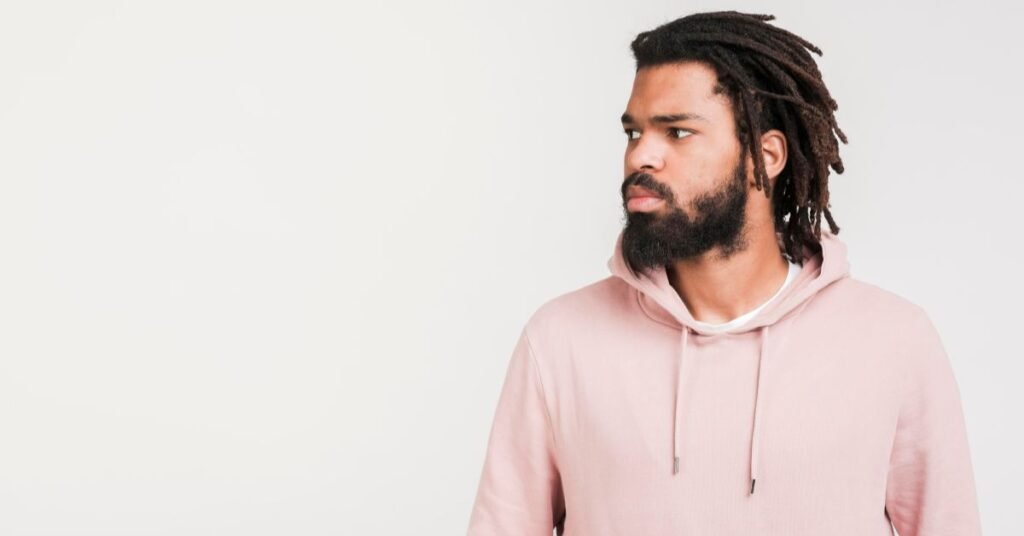
The mullet hair style has many fresh versions going strong in 2025. One popular variant is the modern mullet with faded sides and layered back. This gives a clean contrast between short and long. It feels polished but edgy. It works well for straight or slightly wavy hair. Many people like this style because it’s easier to maintain than old‑school mullets.
Another favoured look is the shag‑inspired mullet. This mixes choppy layers with longer back lengths. It adds texture and movement. Fringe might come down in front. It looks relaxed, almost messy but in a stylish way. This is good for wavy or curly hair. It gives a casual, rock‑n‑roll vibe.
The curly mullet has become very popular. It leans into natural curls. The top and back are left textured. Sides might get a fade or taper. The curls soften harsh lines. This variation adds personality and volume. It works well for curly hair types that want expression without losing shape.
Other styles rising now include the wolf mullet (wild layers, fringe), the fade mullet (skin, mid or high fades on sides), the short mullet (less dramatic, easier transition), long mullet for more flow, and spiky mullet for texture and edge.
How to Match the Mullet Hair Style to Your Face Shape & Hair Type
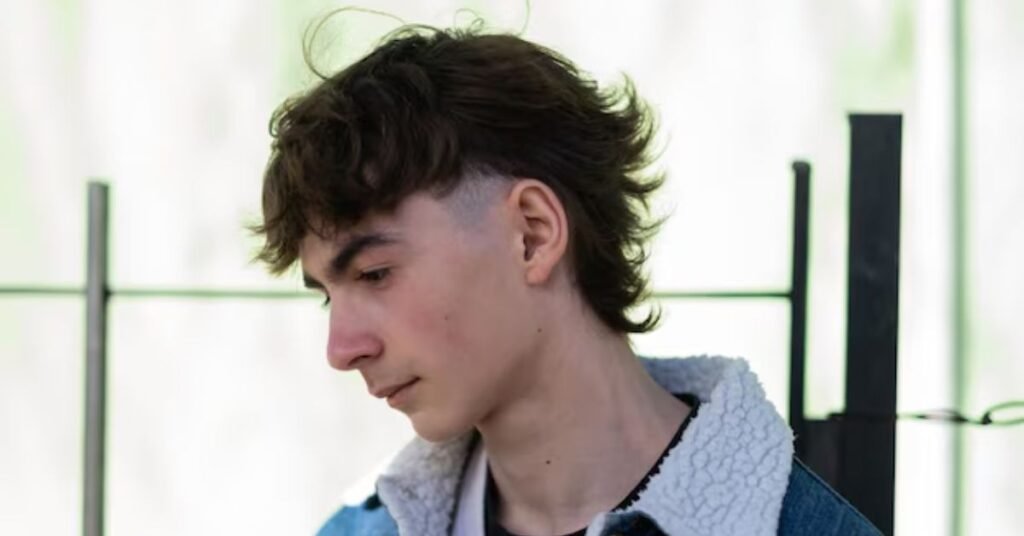
Choosing the right mullet hair style starts with knowing your hair type and face shape. Hair type means the way your hair naturally behaves. It might be straight, wavy, curly, thick or fine. Face shape could be oval, round, square, heart, or diamond.
If your hair is straight, you can go with sharp fades and clean edges. The modern mullet works well. If your hair is wavy, letting waves show gives movement. Layered and shag mullet styles suit wavy types. Curly hair calls for a mullet that honors the curl pattern. Layering helps avoid heaviness. Use curl‑defining creams.
Face shape helps guide which style looks best. Oval faces can carry many mullet hair style versions. They look good in modern, shag, curly, or fade variations. Round faces do better with height on top and tighter sides to elongate. Square faces soften with fringe or textured sides. Heart shapes benefit from volume at the back and fringe in front to balance the forehead. Diamond faces suit styles that add width to the chin area and reduce harsh angles around cheeks.
Also consider lifestyle. If you don’t want to spend much time styling, pick simpler versions like short mullet or modern fade mullet. If you like bold looks, longer or dramatic versions suit you.
How to Talk to Your Barber for the Right Mullet Hair Style
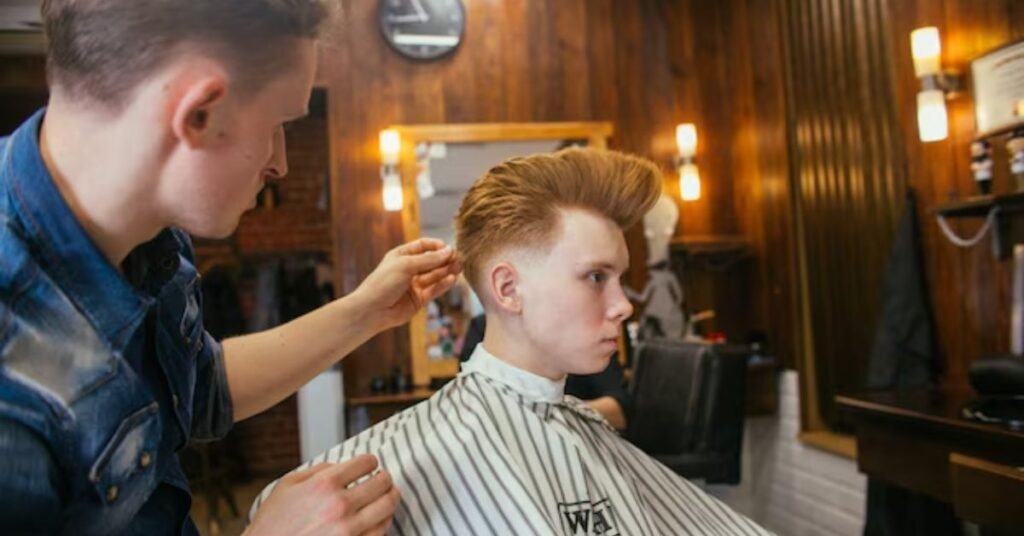
Getting the mullet you want means communicating well with your barber. Bring pictures. Show front, side, and back views. Visual references help avoid surprises.
Describe exactly how long you want front, top, sides, and back. Say whether you want a fade, taper, undercut. Tell if you want fringe or curtain bangs. Mention how messy or sleek you like texture. State how much contrast (difference between short sides and long back) you prefer.
Ask about maintenance. Ask how frequently you should come in for trims. Know what your everyday look will be. If you work in formal places, mention that so the barber can adjust style.
Table: Comparison of Mullet Hair Style Variations
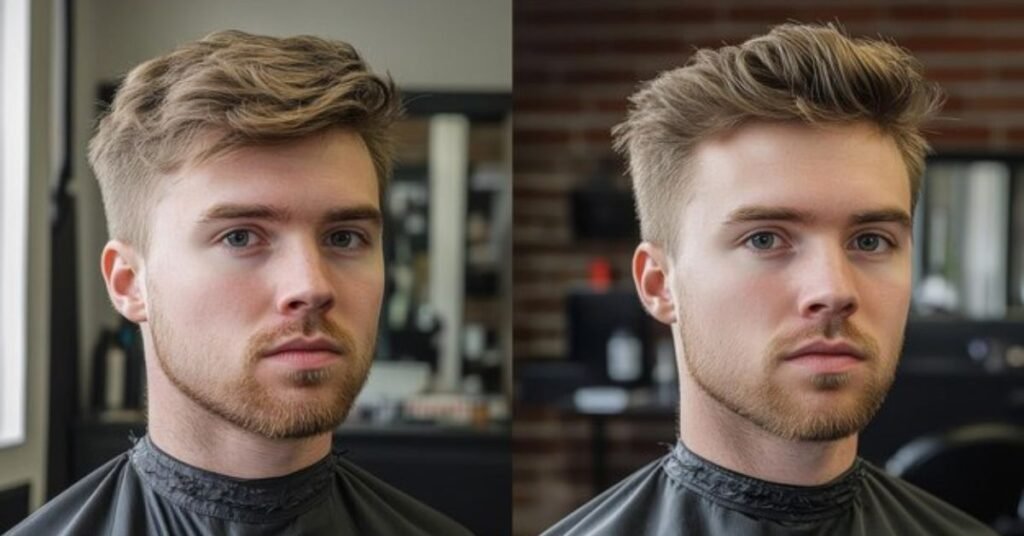
| Style Variation | Best Hair Type | Face Shapes it Flatters | Maintenance Level | Key Features |
| Modern Fade Mullet | Straight, slightly wavy | Oval, Rectangular, Heart | Medium | Fade sides, layered back, neat contrast |
| Shag‑Inspired Mullet | Wavy or curly | Oval, Round, Heart | High | Choppy layers, messy texture, fringe |
| Curly Mullet | Curly or tight curls | Square, Diamond, Round | Medium‑High | Natural curls, textured back, soft sides |
| Wolf Mullet | Thick, wavy, or layered hair | Oval, Round | High | Wild layers, fringe, untamed silhouette |
| Short / Mini Mullet | Fine to medium straight hair | All face shapes, especially round | Low‑Medium | Shorter back, subtle difference, easier styling |
| Spiky Mullet | Straight or slightly wavy | Oval, Square | Medium | Textured spikes, strong top, noticeable contrast |
| Long Mullet | All hair types (wavy best) | Oval, Heart, Long faces | High | Very long back, flowing movement, retro feel |
Styling and Maintenance Tips for Mullet Hair Style
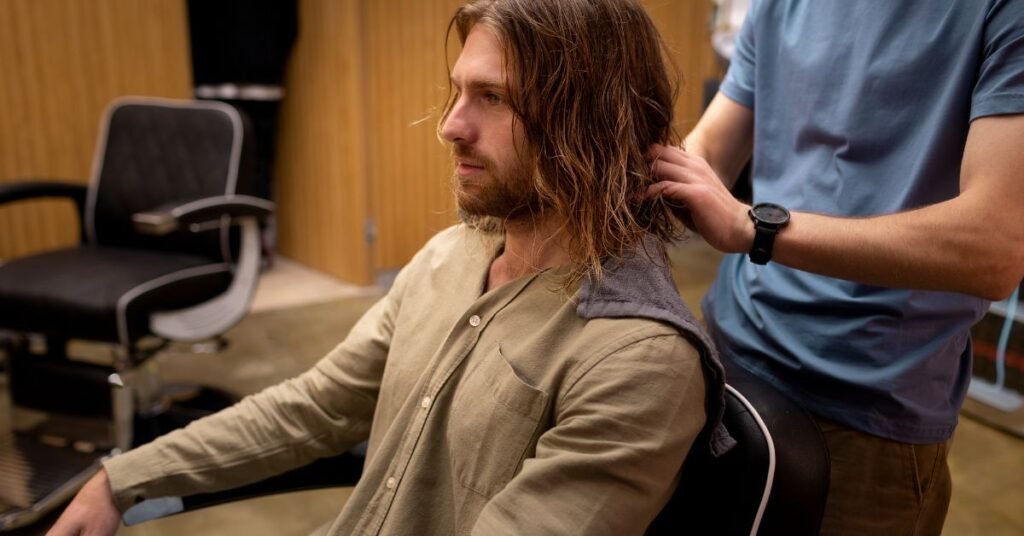
Caring for a mullet hair style properly keeps it looking sharp. Use shampoo and conditioner that match your hair type. Don’t skip conditioning longer back hair needs moisture.
Use styling products that match your texture. For straight hair, pomade or wax gives definition and shine. For curly or wavy hair, curl creams, mousse, or sea salt spray help define texture. Blow‑drying with a diffuser for curls helps avoid frizz.
Trim regularly. Sides and fades lose shape fastest. The back will also require trimming to avoid split ends and keep a shape. If you have fringe or bangs, those may need more frequent trims.
Protect hair from damage. Use heat protection if you blow-dry or use hot tools. Avoid harsh chemical treatments unless you care for the damage. Sleep care helps: silk pillowcase or loose band helps reduce friction.
Experiment with styling. Use fingers to style rather than heavy combs for a more natural look. Try blow‑drying up or to the side. Using products with just enough overloading can weigh hair and ruin texture.
Pros and Cons of Mullet Hair Style
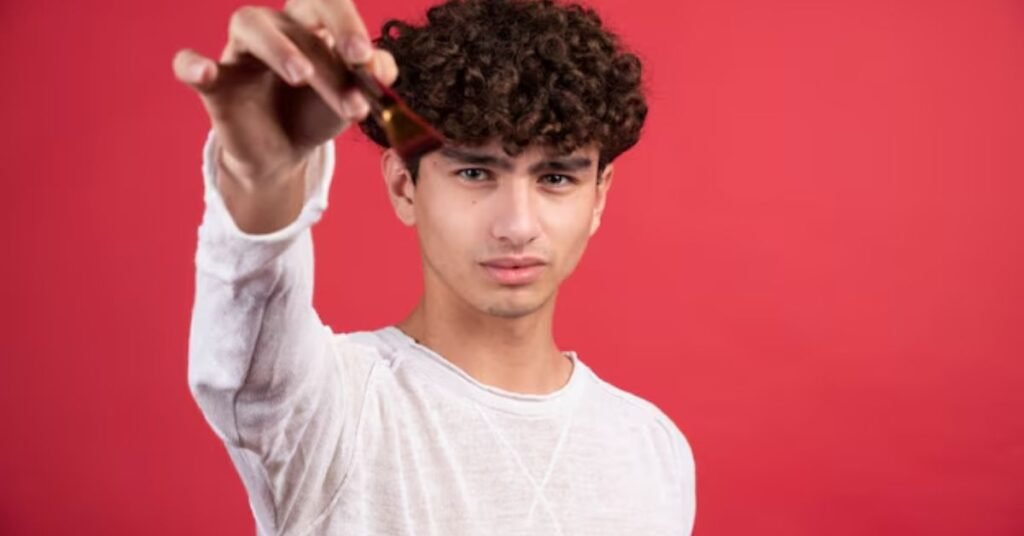
The mullet hair style offers many perks and some trade‑offs. On the plus side it stands out and shows confidence.
On the downside it needs effort. Fades or tapers need frequent trimming. Back hair can tangle or get messy. Styling products cost time and money. Some workplaces may still view very dramatic mullets as unprofessional. Also growing one out from another style may go through awkward stages.
If you like low effort, pick simpler styles: shorter back, less contrast, softer fades. If you want bold style and have time, go for more dramatic or textured styles.
Conclusion
The mullet hair style in 2025 shows how retro cuts can feel new. With modern fades, textures, and layered backs, this style blends bold edge with style. The right version of mullet hair style depends on your hair type, face shape, and how much work you want to put in.
Ask your barber well, pick styling products suited to you, and maintain the shape to keep look sharp. A well‑done mullet can look confident, unique, and modern.
FAQ
What kind of hair types suit the mullet hair style best?
Most hair types work. Straight hair gets clean lines and strong contrast. Wavy and curly hair add texture and movement. Very curly hair works if cut in layers so curls don’t weigh down.
How often should I get a trim to maintain a mullet hair style?
Trim the sides or fade every 3‑5 weeks to keep clean contrast. The back and fringe may need trimming every 6‑8 weeks depending on how fast your hair grows.
Will a mullet hair style look good in formal or work settings?
Yes if it is kept neat. Choose styles with subtle contrast, clean fades, moderate back length. Avoid overly wild or messy styles in formal settings. Good grooming and styling help.
What products help style a mullet hair style well?
For texture: sea salt sprays, clay, light wax or pomade. For curls: curl cream or mousse. Always use a conditioner. Use heat protectant when blow‑drying. Sometimes a light serum for shine or frizz control helps.
Is growing out or transitioning into a mullet hair style difficult?
It can be. If you’re starting from short sides or different shapes, the back takes time to grow. There may be awkward lengths in between. Use layering, feathering, and trims during transition to keep shape. Patience helps.
